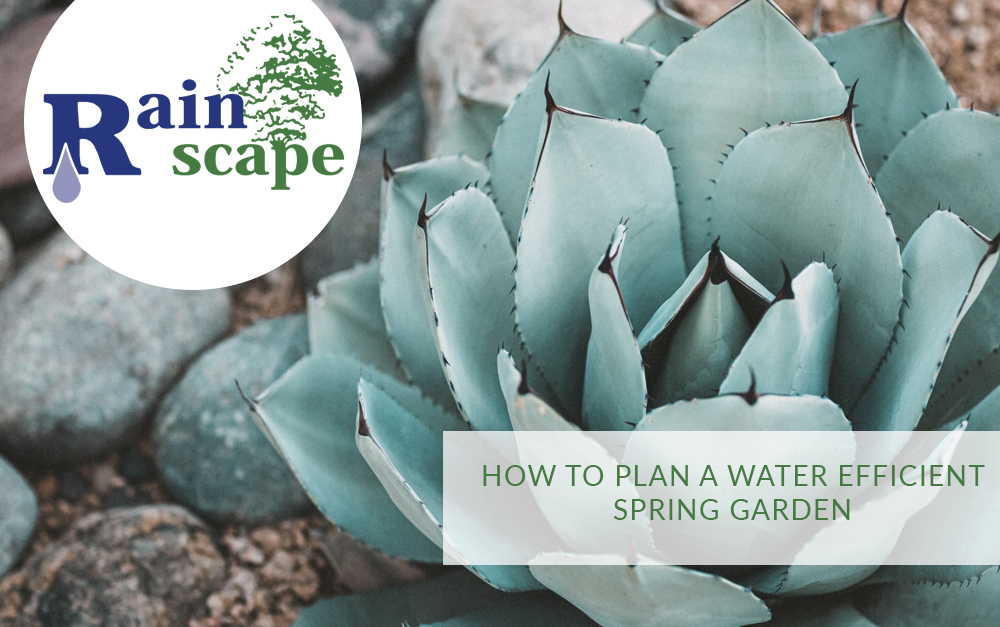The groundhog didn’t see his shadow, which means spring in California is right around the corner. It’s time to start planning your spring garden, but a lot of people ask us: “What is the best way to lay out your garden to conserve water and create the easiest watering schedule?” In many areas spring brings increased rainfall and you don’t have to worry as much about watering. Here in California, and Visalia specifically, Mother Nature generally only provides about 2.6 inches of rainfall in February and it decreases as we move forward into spring and summer. This means we have to compensate for the lack of rainfall to keep our gardens lush and beautiful, while remaining environmentally conscious.
- Prepare your soil
A first step that is often overlooked when planning for your landscaping/gardening needs is the preparation of the ground and soil. Soil is the most basic component of your landscape and many problems can be avoided if an adequate amount of time is spent on properly preparing the soil before the moving forward with planting. The type of soil and material you use will aid in the reduction of evaporation, moderate soil temperature, and help to suppress weeds.
- Mulch all flower beds up to 4 inches: organic (bark, wood chips, newspaper, straw) or inorganic (gravel, pavers, plastic, shredded tires)
- Choose the right soil: high quality soil will promote plant growth and reduce maintenance. You also want to make sure it has the best pH level for the plants you’ve selected
- Choose plants based on water needs
When setting up your garden, you should decide how much you want to spend, and what you wish to achieve environmentally and aesthetically. If one of your goals is to conserve water, you can reach that goal by selecting plants based on their water needs. Choosing water-efficient plants will help with the reduction of chemical and fertilizer use and reduce weed growth. Water-wise landscaping will also use less energy, cause less runoff and reduce overall maintenance.
Some examples of low water-use plants for the Visalia area are:
- Trees: Desert Willow, Palo Verde, Fruiting Pomegranate, Shoestring Acacia, Sago Palm
- Groundcover: California Poppy, Wild Lilac, Dwarf Coyote Bush, Bee’s Bliss Sage
- Agave, Succulents: Aloe, Blue Glow, Spider Agave, Ice Plant, Red Yucca
- Large Shrubs: Manzanita, Texas Ranger, Coffeeberry, Flannel Bush
- Medium Shrubs: Red Bird of Paradise, Rosemary, Hop Lips, Yarrow, Black Sage
- Small Shrubs: Emerald Carpet, Catmint, Red Sticky Monkeyflower, Hummingbird Sage
- Dry Shade: Coral Bells, Heavenly Bamboo, Flax, Kaffir Lily, Oregon Grape
- Create Hydro-zones
After you identify the water requirements of your plants, you can group the plants with similar water needs into zones to help you conserve time and water. Some examples of zones would be:
- Zone 0: No water (for plants that have adapted to dry conditions and survive with little or no water)
- Zone 1: Once a month – for low water needs
- Zone 2: Twice a month
- Zone 3: Weekly
- Zone 4: Twice a week
Taking the time to set up your garden properly will not only save you time and money but will also be more environmentally conscious. You will have a happy, healthier garden and be able to abide by city water conservation requirements too.

